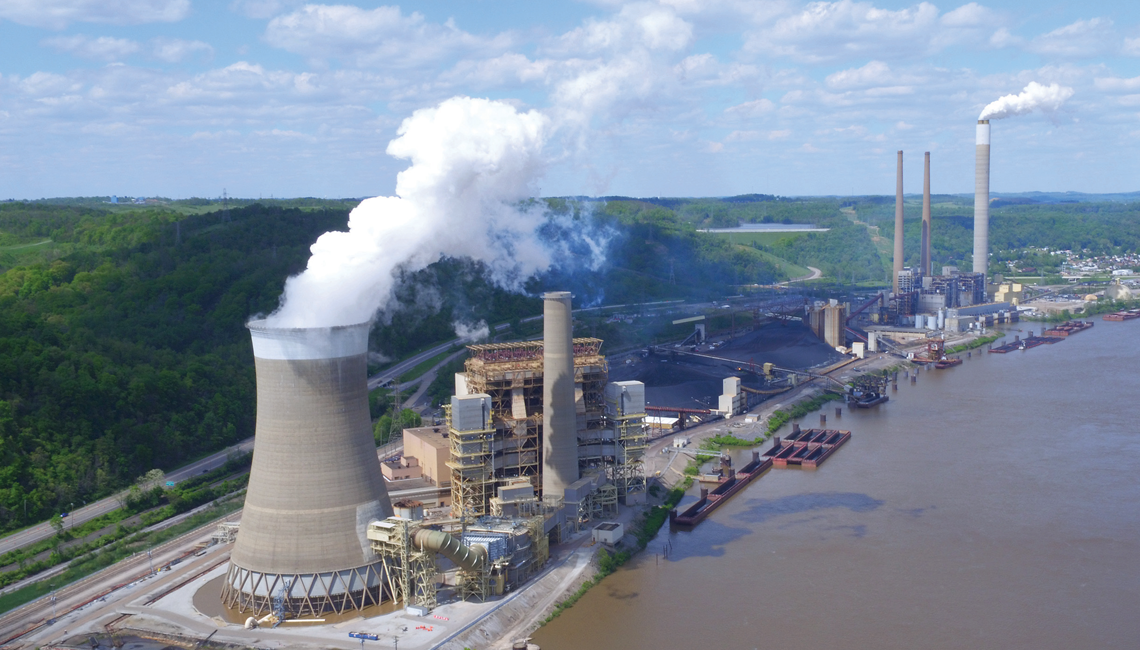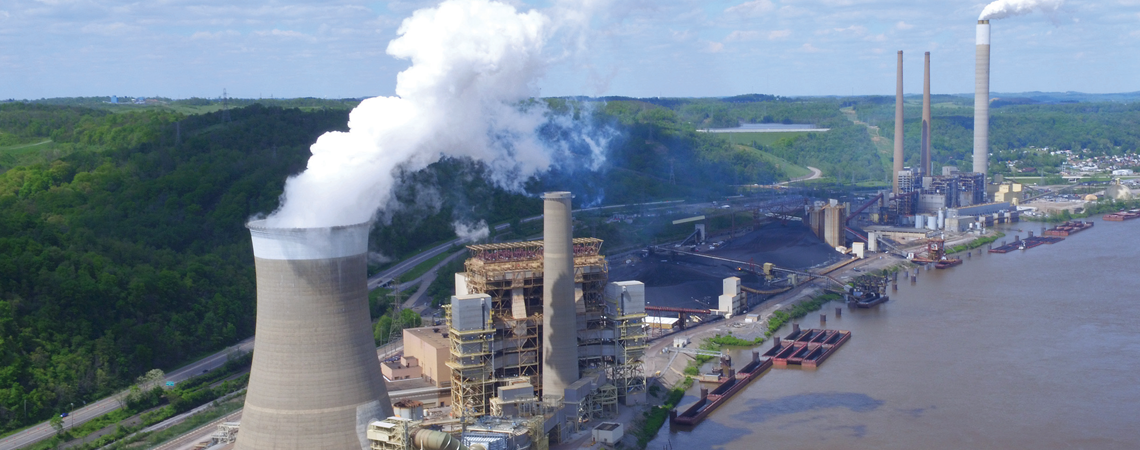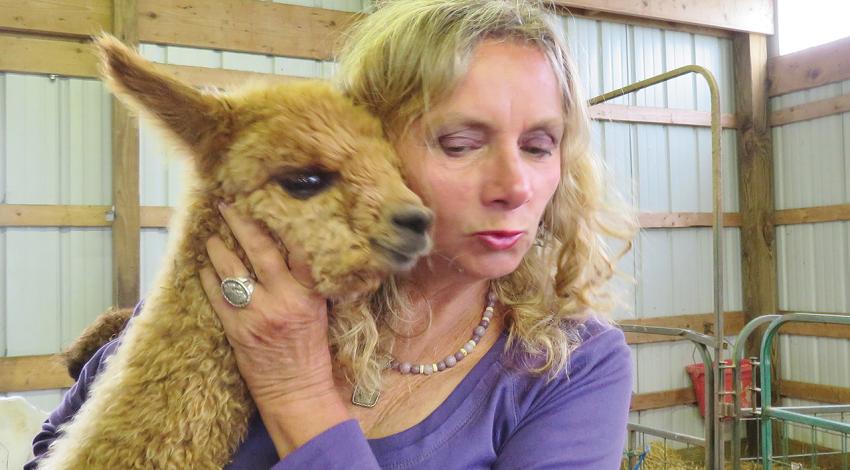It’s clear that coal is no longer “king.” It’s also clear, though, as our associate editor, Rebecca Seum, explains succinctly in her story, that it’s still an essential element of a reliable power generation system.
Cardinal Power Plant
The use of coal as a fuel source for electricity production has been on the decline because of increasing environmental requirements and the decreased costs for alternatives like natural gas and renewable generation sources. Concerns about the level of carbon dioxide emissions from coal generation further limit its future use, but the practicality and, yes, the reliability, of coal are undeniable. The truth of the matter is that fossil fuels, including coal, play an essential role in keeping the nation’s lights on. In fact, it’s coal that not only makes the integration of renewable power — namely, wind and solar sources — possible, but allows use of those sources to expand. Coal generation is “dispatchable,” meaning it can be controlled by electric grid operators. Coal can produce more energy when demand goes up or when other intermittent supplies wane. We can’t “turn up” the sun if demand spikes on a cloudy day, so fossil fuels, especially coal, provide the backbone of our regional supply mix.
A balanced approach is the key to reliable, affordable power generation — just look at what happened in California and Texas recently. Ohio’s electric cooperative network, as well as most of the country’s electric cooperatives, employ an “all of the above” approach — fossil fuels, biomass, hydropower, wind, and solar generation all play a role in providing your electric supply needs.
The benefits of continuing to cultivate our use of renewable generation sources are clear — wind and solar power are clean and inexhaustible supplies of energy — but they also have some clear shortcomings: Wind and solar power simply are not always available, and without dispatchable generation to pick up the slack, they’re simply not reliable enough to do the whole job.
We need a comprehensive fuel mix, which includes continuing growth in renewable resources. Decisions about that mix, however, must be based in realities, such as affordability to consumers, risk management, environmental impact, and reliability of supply. Today, we depend more than ever on a steady supply of electricity to power our homes and businesses and to keep us safe and secure. When the weather threatens us, when the stakes are high, we can count on coal. Now, more than ever, we need to get the mix right.
Pat O'Loughlin is president and CEO of Ohio's Electric Cooperatives.










